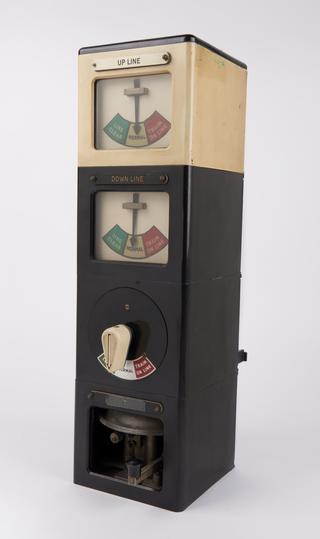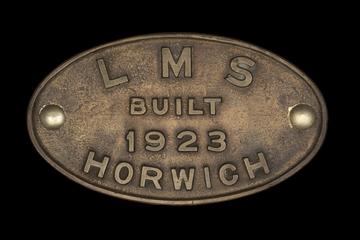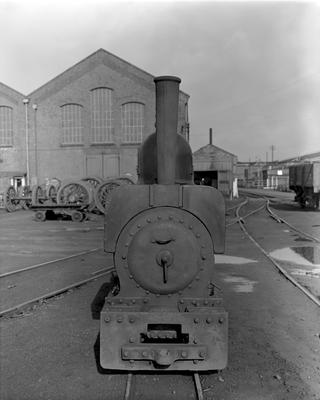
Lancashire & Yorkshire Railway Signalling School Model Railway Layout
1912

1912

1923

1952-1979
1886-1982
1912
1912
1912
1912
1912
1912
1912
1912
1912
1912
1912
1912
1912
1912
1912
1912
1912
1912
1912
1912
1912
1912
1912
1912
1912
1912
1912
1912
1912
1912
1912
1912
1912
1912
1912
1912
1912
1912
1912
1912
1912
1912
1912
1912
1912
1912